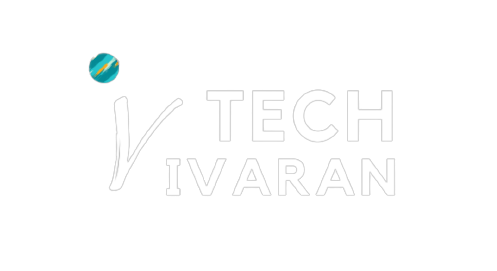Robotic process automation (RPA) is a game-changing answer to the problems caused by the ever-changing nature of technology and business processes.
The goal of RPA is to free up human resources for more strategic and value-added work by automating routine,, rule-based tasks with software robots (or “bots”). This technology mimics human behaviors within computer systems to boost productivity, accuracy, and efficiency in many fields.
Robotic process automation (RPA) helps businesses by connecting antiquated infrastructure with cutting-edge digital operations.
Benefits of RPA
The significant Benefits of RPA are detailed below.
1. Enhanced Efficiency and Productivity
Increasing productivity and working smarter With RPA, routine tasks no longer require human involvement, which speeds up processes and reduces errors. Since robots don’t get tired, they can work nonstop, improving operational efficiency and output.
2. Cost savings
Organizations can save money on wages, benefits, and employee training by automating labor-intensive tasks. The long-term cost savings provided by RPA technology typically outweigh its initial cost.
3. Improved accuracy
Greater precision data errors and inconsistencies are greatly reduced as a result of RPA bots’ strict adherence to predefined rules. This accuracy is especially critical in the healthcare and financial sectors.
4. Scalability and flexibility
RPA solutions can be easily expanded to meet growing or shrinking demands. Bots make it easy for businesses to scale to meet rising demand without investing heavily in new staff.
5. Rapid Implementation
There is no need for a complete system rebuild to implement RPA. The integration of bots with existing applications and systems allows for a more rapid rollout with less impact on business as usual.
6. Compliance and Audit Trail
With RPA, processes are guaranteed to be compliant with all applicable laws and guidelines. Additionally, it keeps a detailed audit trail, making all automated tasks transparent and accountable.
Examples of RPA
The following are some case studies of RPA in action, highlighting its use in a variety of sectors:
1. Finance and Accounting
In the financial sector, RPA can streamline processes like invoicing, AR/AP, data entry, FR/AR, and GL/AP reconciliations. Multiple system interactions, data extraction, and precise record updates are all within the bots’ capabilities.
2. Customer Service
By updating customer records automatically, responding to frequently asked questions immediately, and directing calls to the correct departments, RPA can greatly improve the efficiency of customer service operations.
3. Human Resources
People-Resources Employee onboarding, payroll processing, leave management, and benefit administration are just some of the tasks that can be automated with great efficiency using RPA, lowering the burden of administration.
4. Healthcare
Medical Care RPA can handle claims processing, patient data entry, appointment scheduling, and billing in the healthcare industry with precision and in full accordance with all applicable regulations.
5. Supply chain and logistics
Robotic process automation (RPA) has the potential to enhance supply chain operations by automating tasks like inventory management, order processing, shipment tracking, and vendor communication.
Conclusion
Robotic process automation is revolutionizing business because it boosts productivity, lowers error rates, and frees up employees to concentrate on higher-level strategies.
The advantages of RPA are not specific to one industry, and it is a desirable option due to its adaptability to a range of processes.
As technology develops, RPA will become increasingly important in reshaping how businesses run, leading to higher productivity, lower costs, and improved customer experiences.





